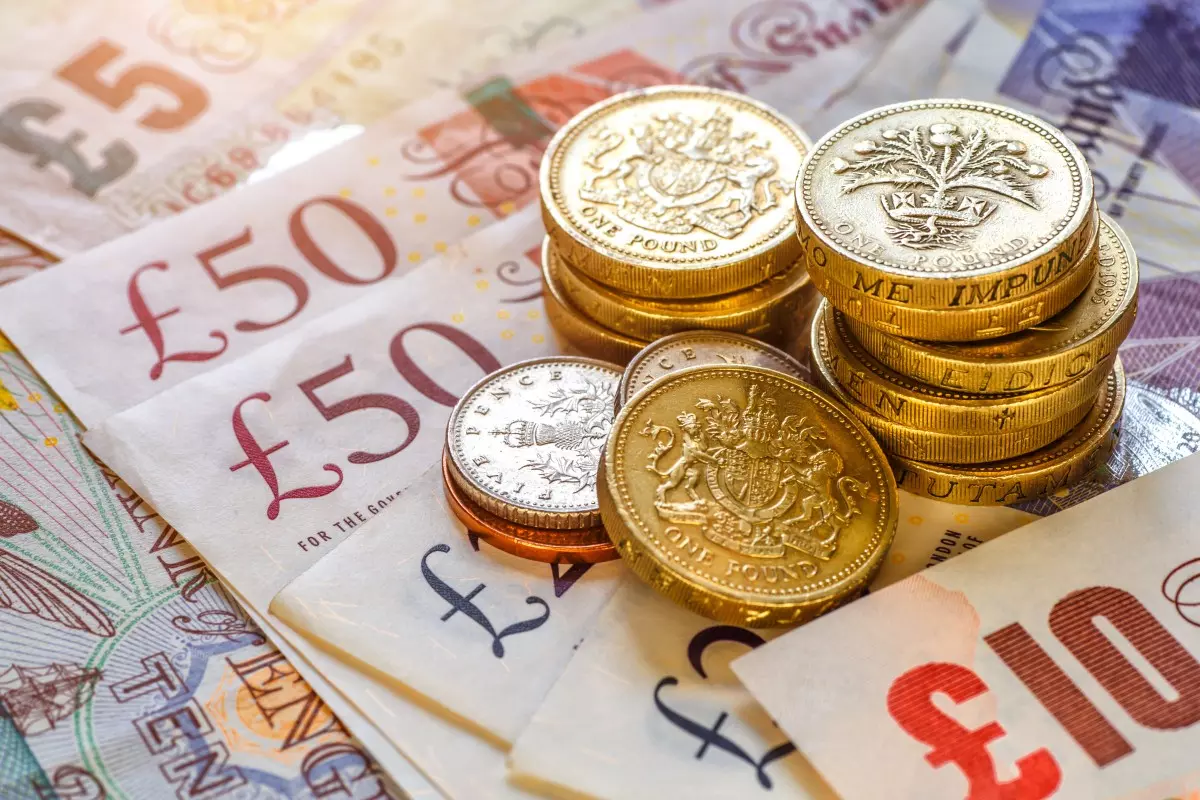Overview
Expectations of upcoming Bank of England (BoE) rate cuts have given British bank stocks a significant lift. Anticipation of lower borrowing costs bolsters lending margins, improves loan demand outlook, and reduces funding pressures. As investors price in a 25-basis-point cut at the next Monetary Policy Committee meeting, shares of major lenders like HSBC, Barclays, Lloyds, and NatWest have outperformed the FTSE 100, reflecting renewed confidence in the sector’s profitability and balance-sheet strength .
1. Anticipated Rate Cuts and Net Interest Margins
Banks’ net interest margin (NIM)—the spread between lending rates and deposit costs—tends to widen when policy rates fall modestly. Analysts expect a BoE rate cut from 4.50% to 4.25% in June, which would allow banks to reduce deposit rates faster than loan rates, preserving NIMs. For example, Lloyds Banking Group saw its forward P/E rise by 4% following Bloomberg’s survey indicating a June cut is 85% priced in .
2. Stock Performance vs. Market
Since mid-April, bank stocks have outpaced the FTSE 100 by over 2 percentage points. Barclays shares are up 6% versus a 3.5% gain for the broader index, while NatWest has rallied 7% on rate-cut optimism and cost-control measures . Investors view the sector as one of the clearest beneficiaries when the BoE pivots to a more accommodative stance .
Source: Adobe images
3. Funding and Deposit Trends
With an expected rate reduction, money-market rates (e.g., SONIA) are forecast to fall, easing banks’ wholesale and retail funding costs. Deposit growth, which slowed as yields peaked, should recover, improving liquidity buffers. HSBC executives noted in Q1 earnings calls that a cut would lower their cost of funds by an estimated 10 basis points, boosting annual net interest income by approximately £200 million .
4. Credit Demand and Economic Outlook
Lower policy rates typically spur borrowing for mortgages, consumer loans, and corporate credit. UK mortgage approvals rose 8% after markets began pricing in rate cuts, suggesting pent-up housing demand is sensitive to BoE guidance . Improved loan volumes complement NIM gains, providing a dual boost to bank revenues.
5. Risks and Considerations
While rate cuts support margins, they also reflect softer economic growth prospects. A premature cut amid lingering inflation could squeeze real returns. Moreover, banks with high exposure to fixed-rate liabilities—such as long-term bonds—might see mark-to-market losses if cuts signal weaker credit conditions .
Conclusion
BoE rate-cut expectations have become a key driver for British bank stocks, enhancing net interest margins, reducing funding costs, and stimulating loan growth. While the sector stands to benefit from an imminent policy pivot, investors should remain vigilant of the broader economic context and potential headwinds to credit quality.
